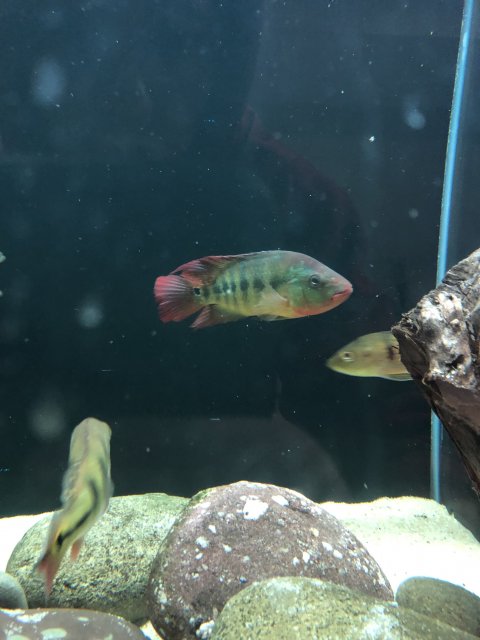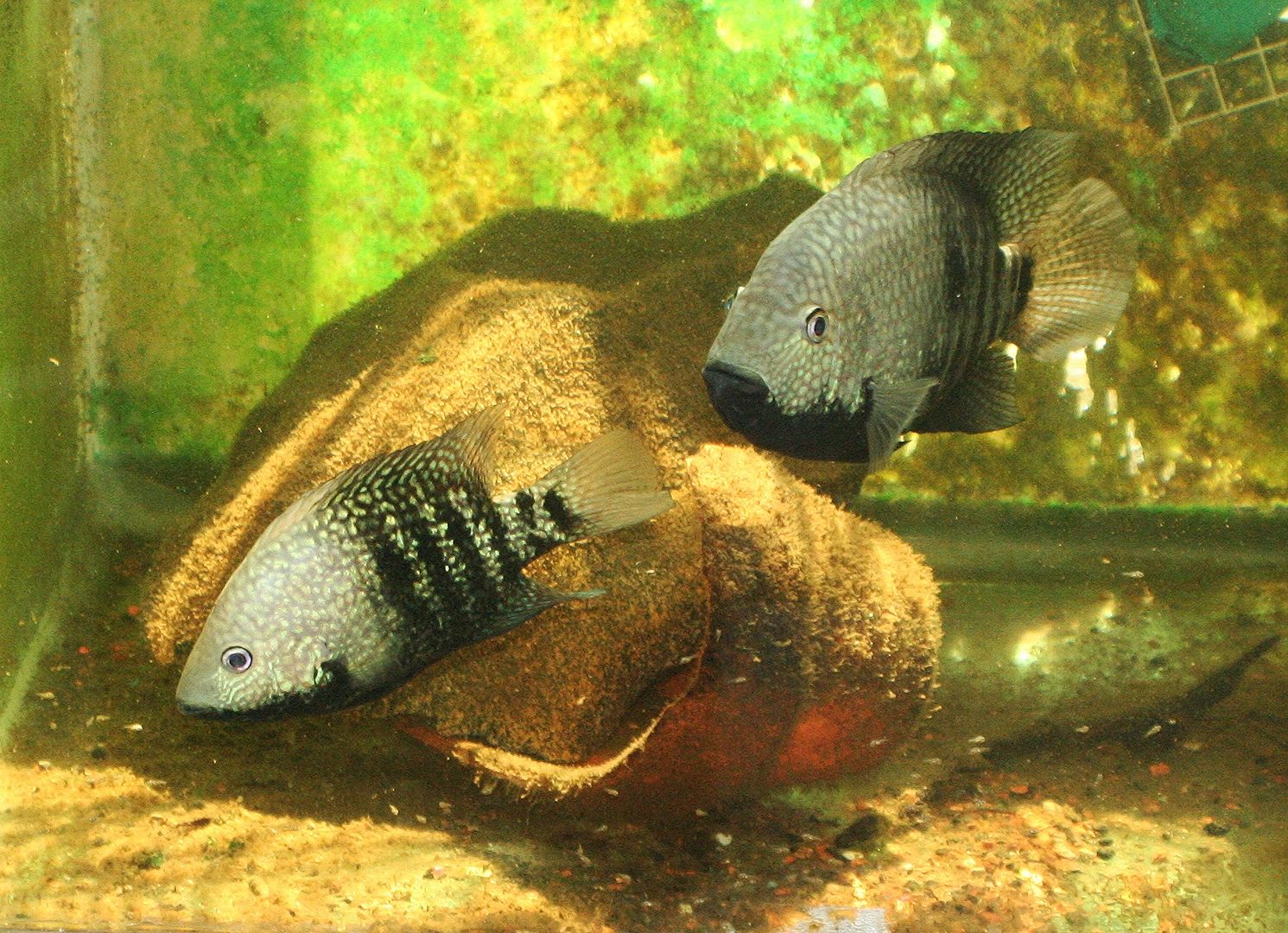I think it would be great to keep information all in one place on sexing red terrors while they are in the in-between stage of adolescence and adulthood. When young festae are nearly impossibly to sex because they look the same up until around the 5-7 inch mark when they change color. I bought a festae at about the 4 inch mark and was told it was a female but now believe it was a male. If more experienced keepers could confirm that I would appreciate it greatly.
To start this thread off with ways to tell a festae is female is coloration in the dorsal fin. Often females will have dark coloration on part of their dorsal fin which helps many to identify it is a female.
In addition, males color down over time and do not get the true red colors like the females do.





To start this thread off with ways to tell a festae is female is coloration in the dorsal fin. Often females will have dark coloration on part of their dorsal fin which helps many to identify it is a female.
In addition, males color down over time and do not get the true red colors like the females do.




























